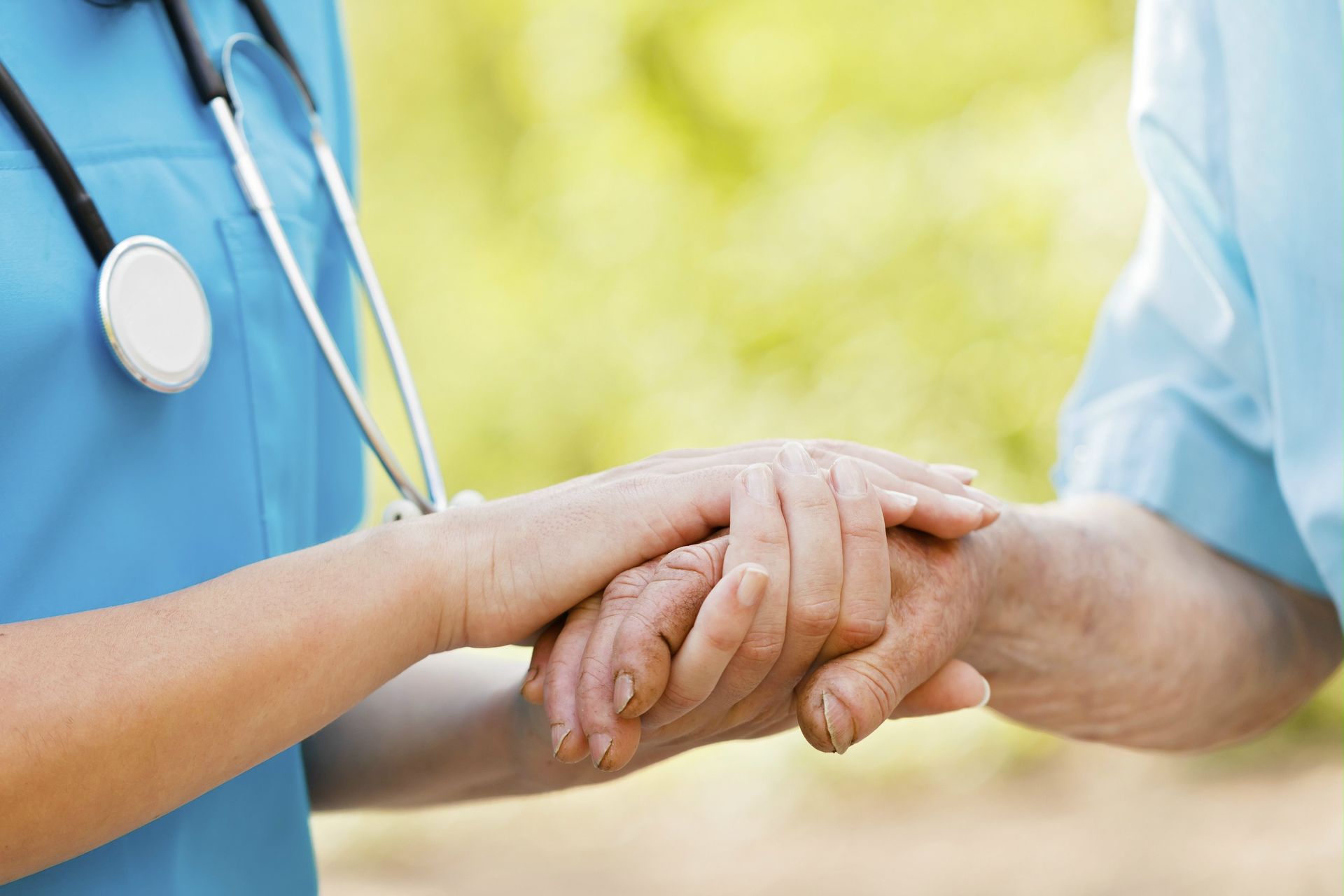When you picture the healthcare system, you might envision doctors in crisp lab coats and nurses gliding through bustling hospital corridors. However, at the heart of this intricate ecosystem lies something far more profound: communication. Have you ever experienced a moment where a simple conversation shifted your entire perspective? I recall vividly a day spent in a hospital room, anxiously awaiting news about a loved one’s surgery. The surgeon stepped in, and before diving into any complicated medical terminology, he took a moment to introduce himself and explain the procedure using plain language. That small gesture offered me an immense sense of comfort. What does effective communication look like for you when you’re feeling vulnerable? Learn more about the topic in this external resource we’ve prepared for you. medication management!
Effective communication is particularly crucial between caregivers and healthcare providers—it acts as a lifeline. It ensures that care is not only coherent and compassionate but also tailored to the unique needs of each individual, ultimately improving health outcomes. Have you ever felt the emotional weight of misunderstanding your own medical situation? It can be incredibly frustrating. So, how can we enhance this vital aspect of healthcare?
The Role of Caregivers
Being a caregiver can sometimes feel like riding a roller coaster of responsibilities. You’re constantly juggling medications, appointments, and emotional support, all while trying to make sense of what the healthcare provider said during that last visit. I remember caring for my grandmother; I quickly learned the importance of keeping detailed notes. That little notepad I carried with me became my lifeline. Have you ever considered how such a simple act of writing things down can transform the trajectory of someone’s care?
Caregivers often fill the critical role of communication bridge, relaying essential information between family members and healthcare teams. For many, cultural backgrounds significantly influence how they engage with healthcare providers. In my community, for example, questioning authority might be seen as disrespectful, which sometimes hampers effective communication. Acknowledging these cultural nuances is key to creating a supportive environment. How would you adjust your communication style in challenging circumstances?
Cultural Impressions and Their Influence
Every culture weaves its own values and customs into the fabric of healthcare. I often attend a local tea gathering where conversations revolve around health and wellness through the lens of our traditions. It fascinates me how our cultural backgrounds shape our views on illness and healing. For some, discussing health matters openly can feel taboo, while for others, it acts as a source of community strength. What traditions do you embrace that influence your health discussions?
Understanding these cultural undercurrents allows caregivers and healthcare providers to tailor their communication styles effectively. For instance, employing culturally resonant language can foster trust and related internet page understanding. Whether through relatable metaphors or by respecting family hierarchies, these nuanced adjustments can make a significant difference. What strategies have you observed that facilitate smoother communication in healthcare settings?
Technology as a Communication Tool
Modern technology undeniably reshapes the healthcare landscape. Do you recall your first experience navigating a health portal? I initially found it overwhelming; it felt like deciphering a complex puzzle. However, over time, I began to appreciate its potential to bridge communication gaps. These platforms provide caregivers a space to clarify medications, access test results, and connect with healthcare providers directly. Have you had moments when technology felt more like a barrier than a bridge?
Moreover, telehealth has emerged as a vital tool, especially in the wake of the pandemic. It offers a unique opportunity to connect without geographical constraints. Yet, challenges remain—such as maintaining personal connections through a screen. Striking the right balance between technological and human touch is essential. How have you adapted to the shift toward these digital platforms?
Empowering Patients and Caregivers
At the core of improving communication is the desire to empower both caregivers and patients. Healthcare providers should cultivate an environment where questions and concerns are not only accepted but encouraged. Just as I sought clarity during my grandmother’s treatment, every individual deserves the same space to voice their inquiries and worries. Have you thought about what questions you might want to ask during your next visit to the doctor?
Additionally, equipping healthcare providers with an understanding of caregiver roles can pave the way for more effective communication pathways. Implementing regular workshops or support groups, where caregivers can share their experiences and insights, would be a step toward building a supportive community. Wouldn’t it be wonderful to see such a shift toward enhanced healthcare? If you’re looking to delve even further into the topic, innerhive. We’ve handpicked this external material, which contains worthwhile details to expand your understanding.
Final Thoughts on Communication in Healthcare
The journey to improve communication between caregivers and healthcare providers is ongoing, filled with opportunities for connection and understanding. Each interaction nudges us closer to not only enhancing individual care but also nurturing a culture of empathy throughout the entire healthcare system. How will you contribute to this evolving narrative? Every voice matters, and together, we can reclaim the art of communication, ensuring that care is a shared journey.

